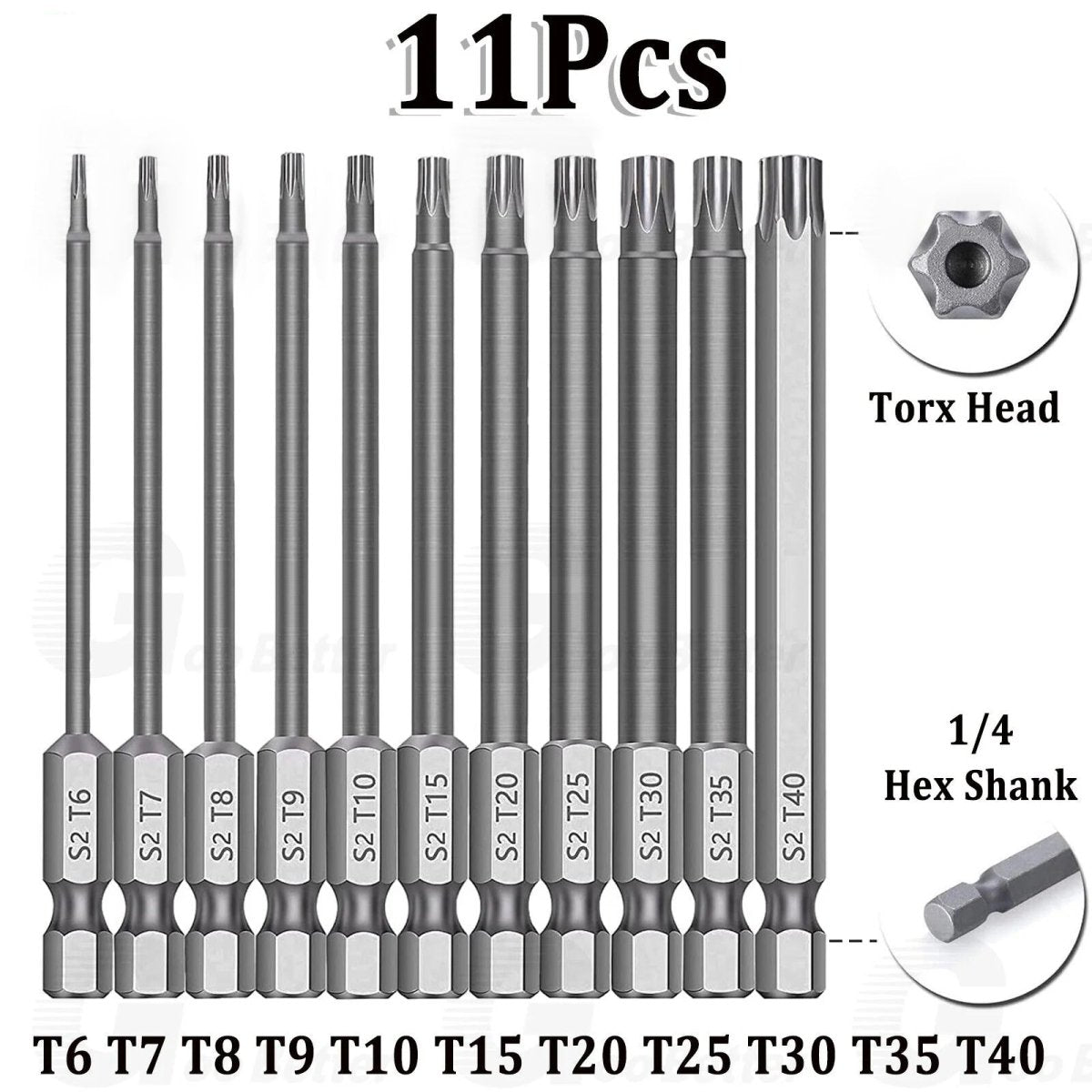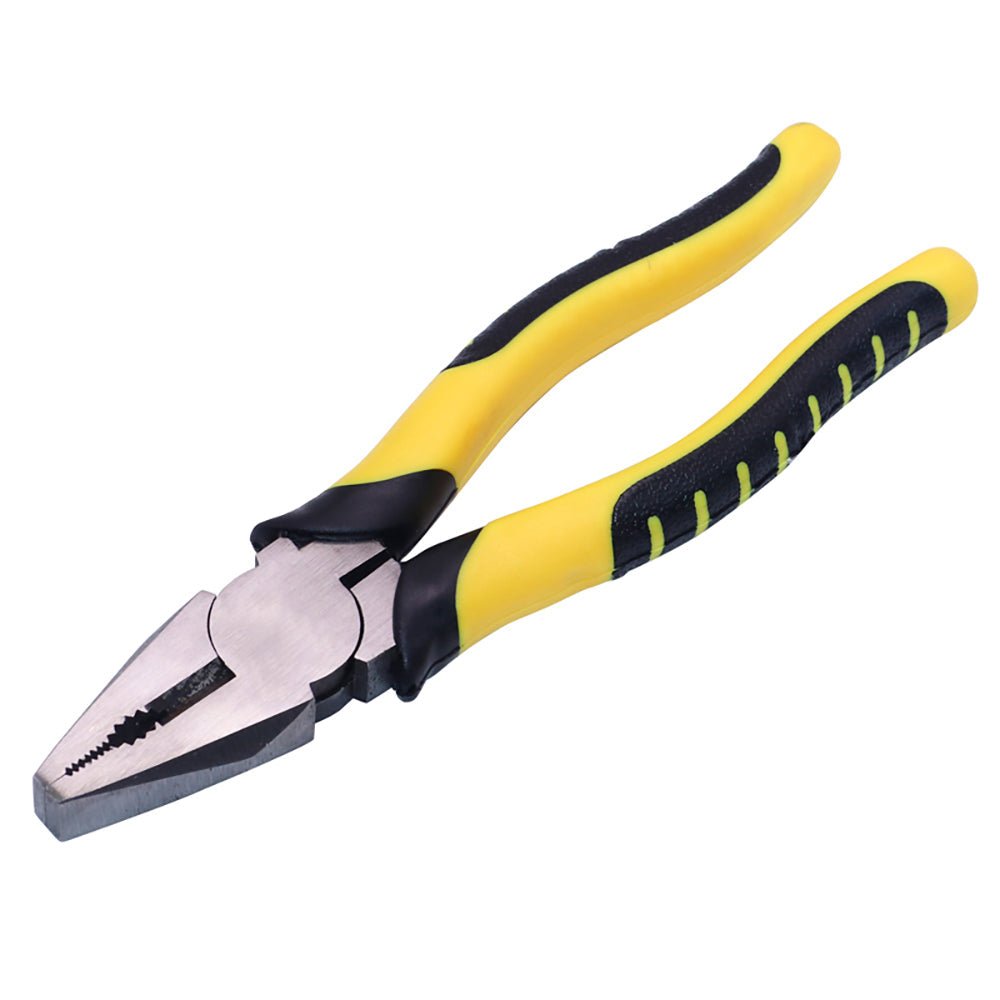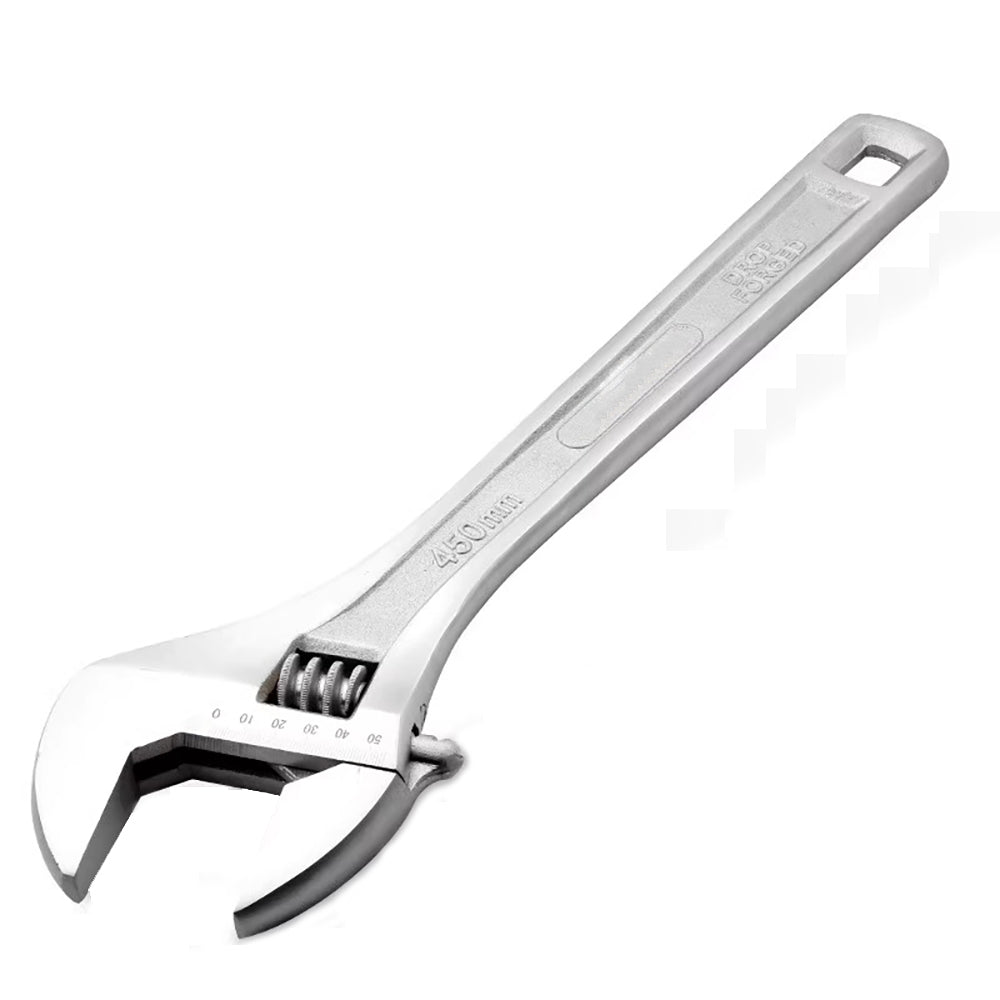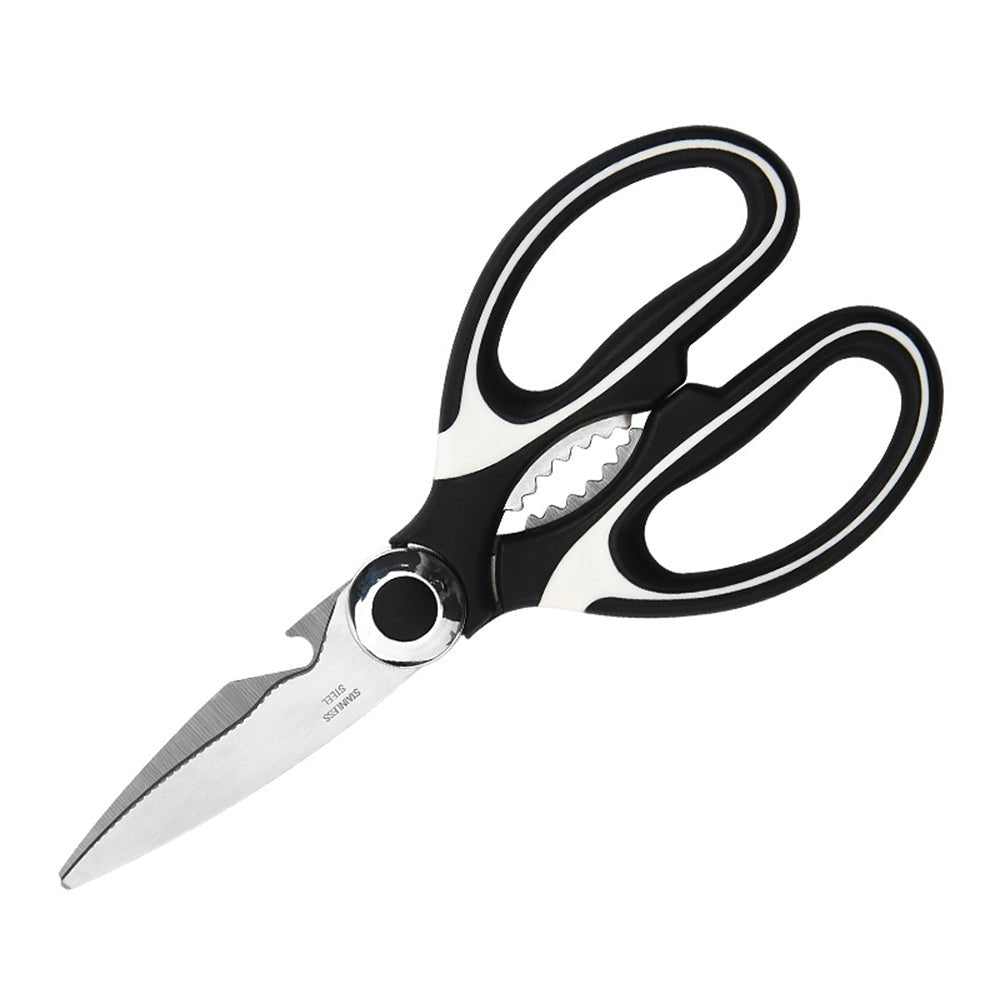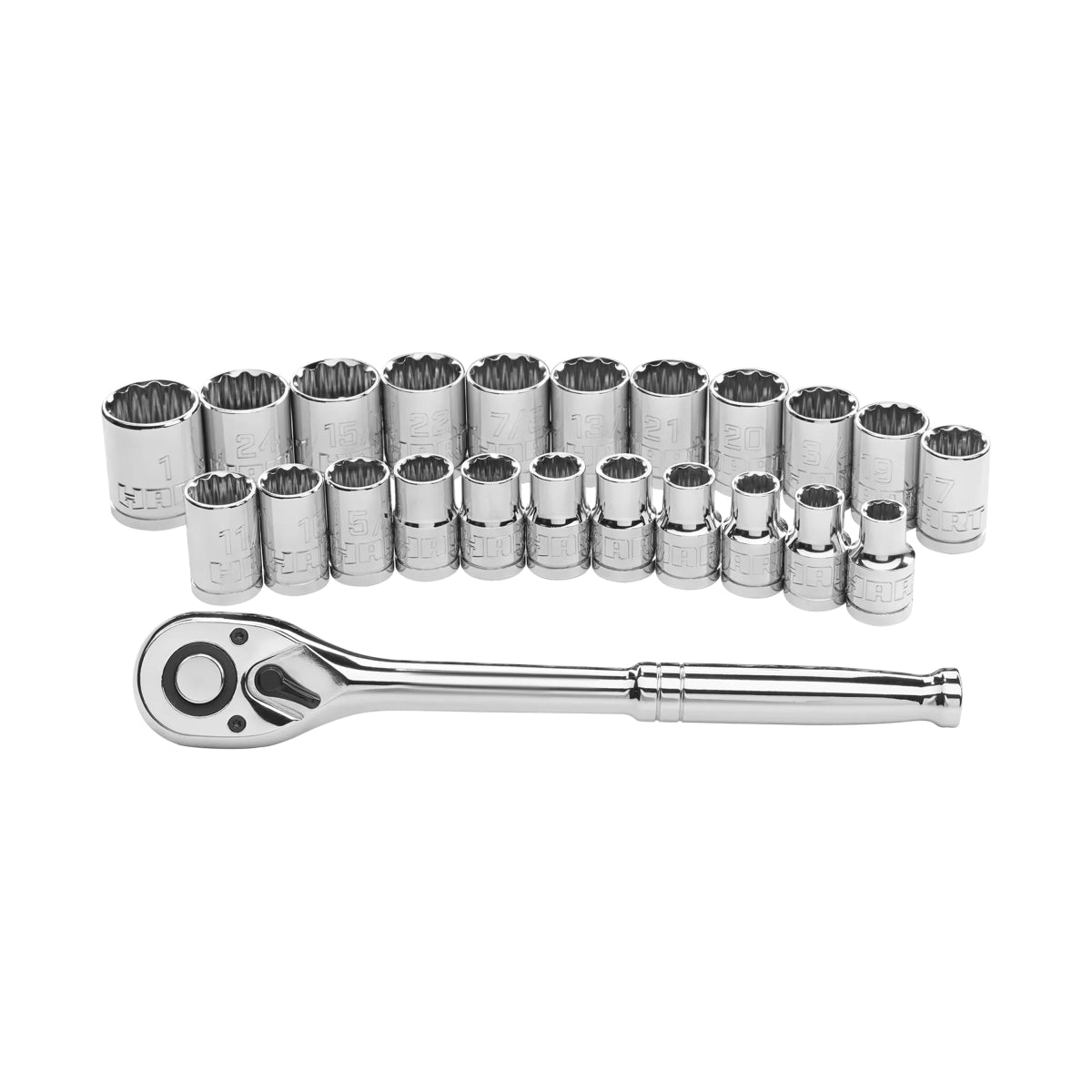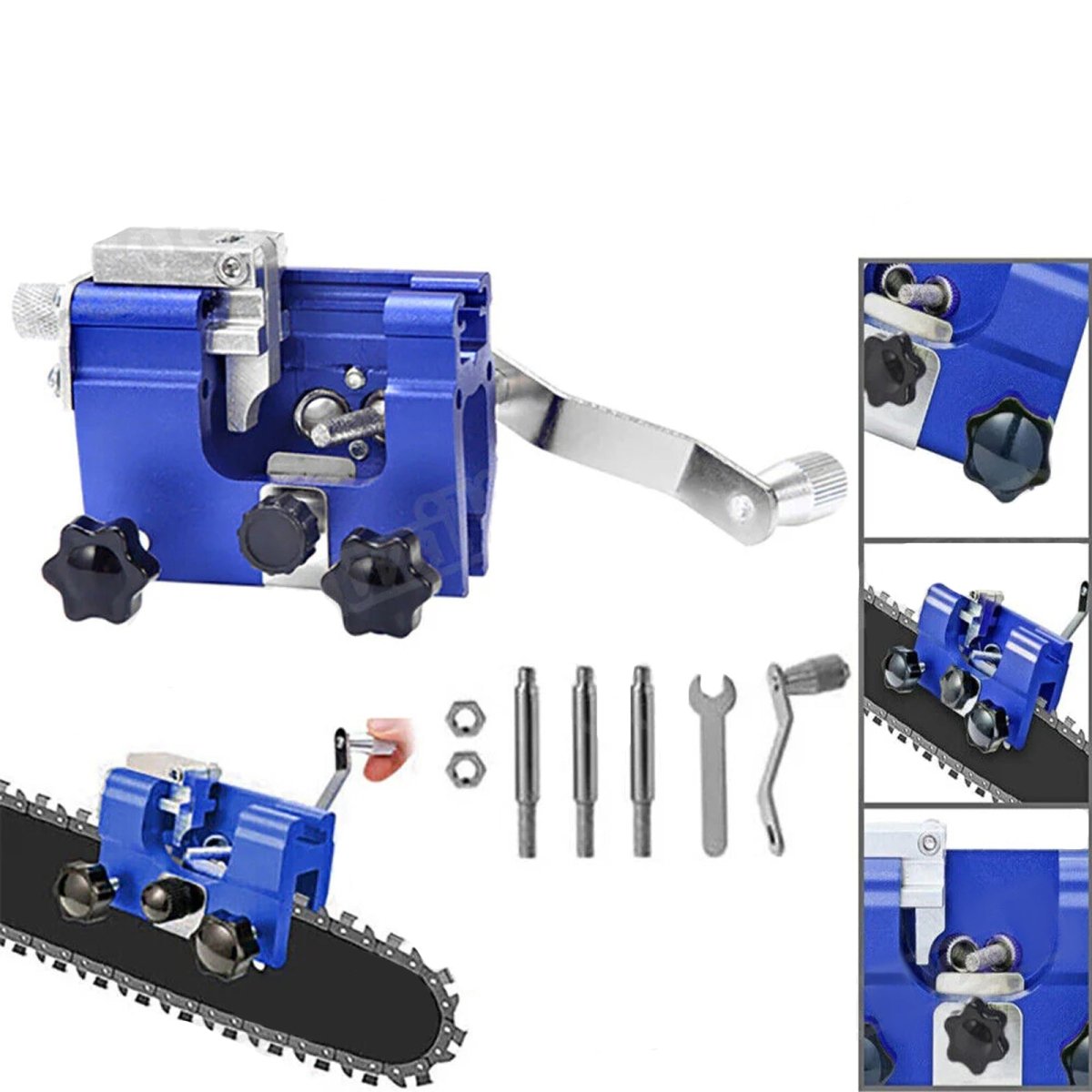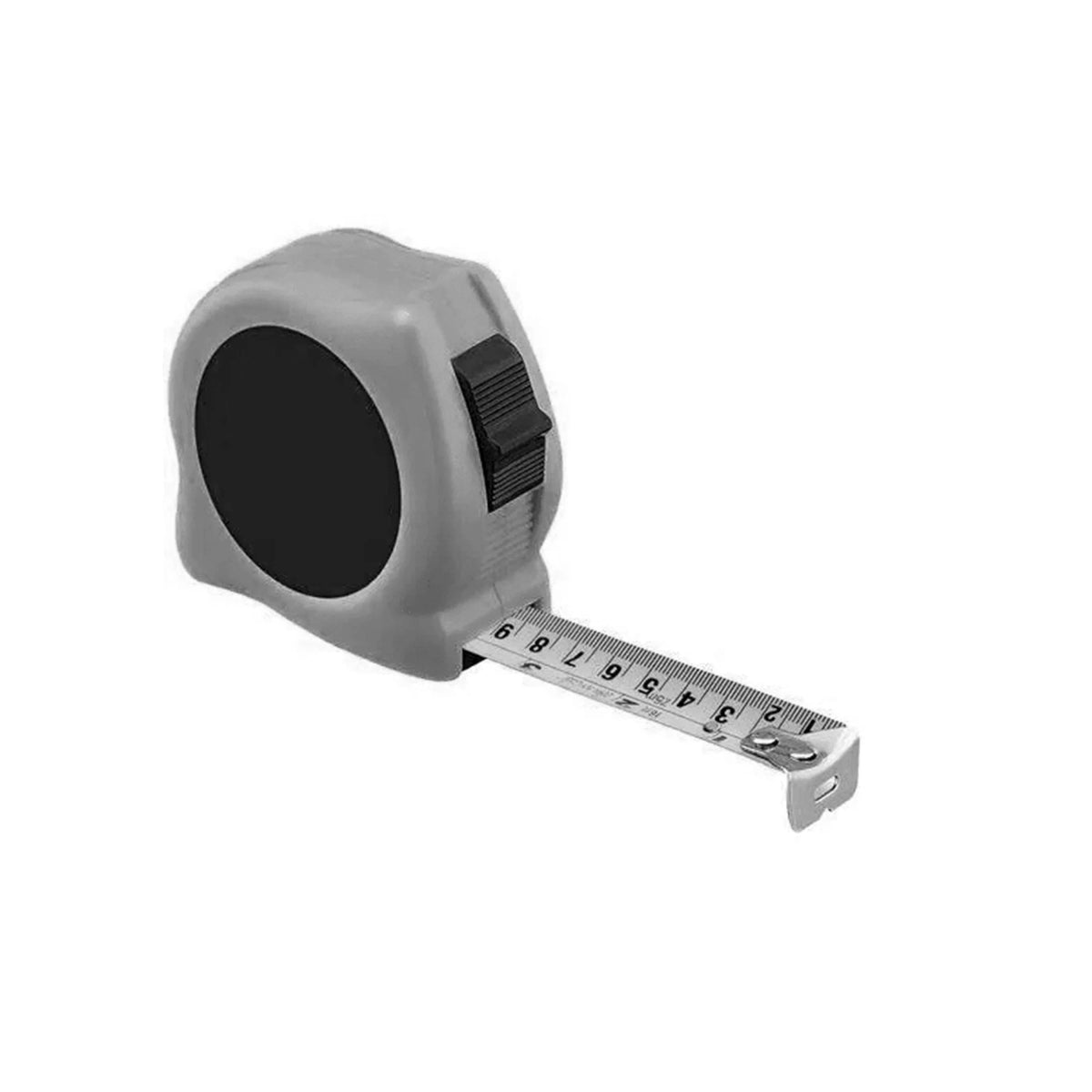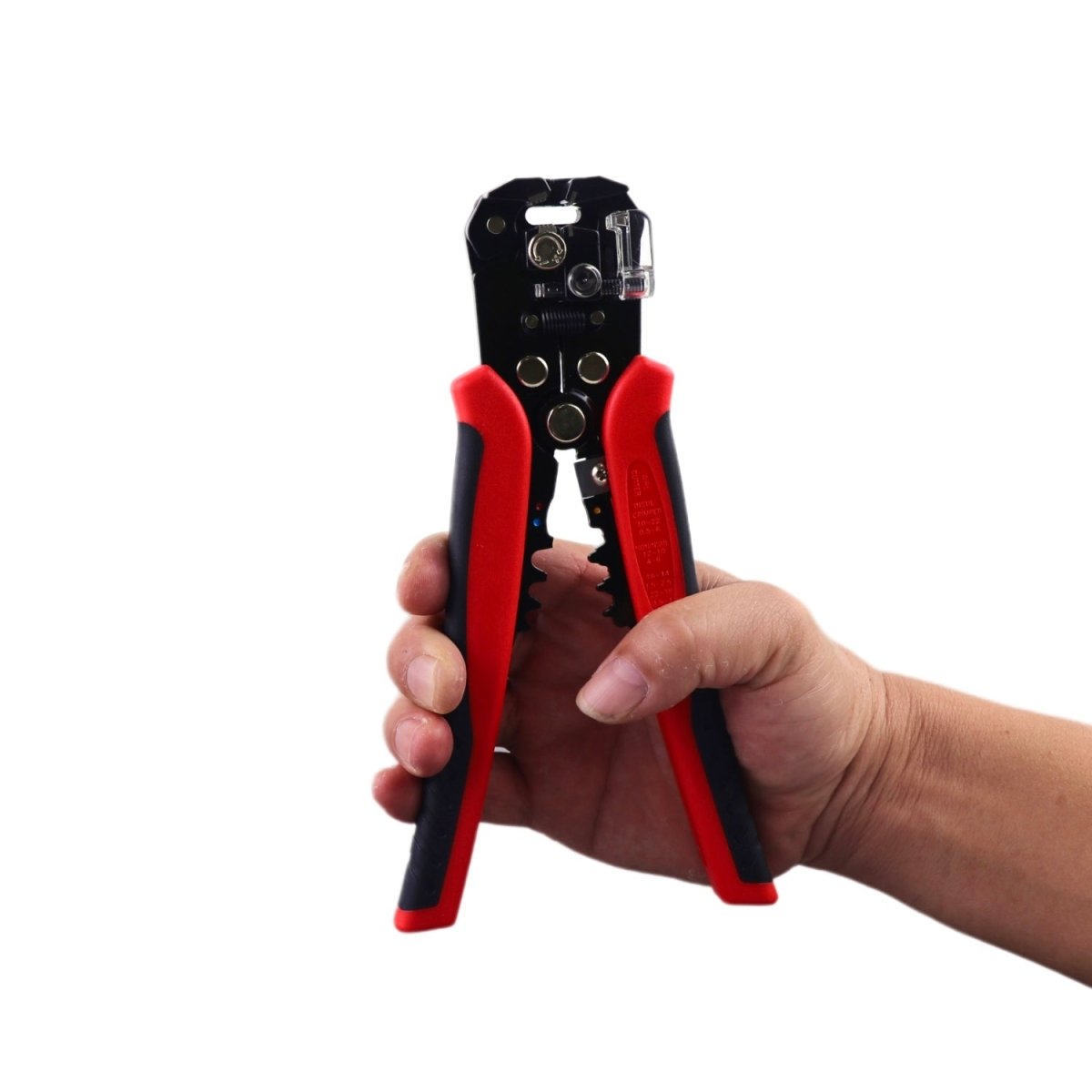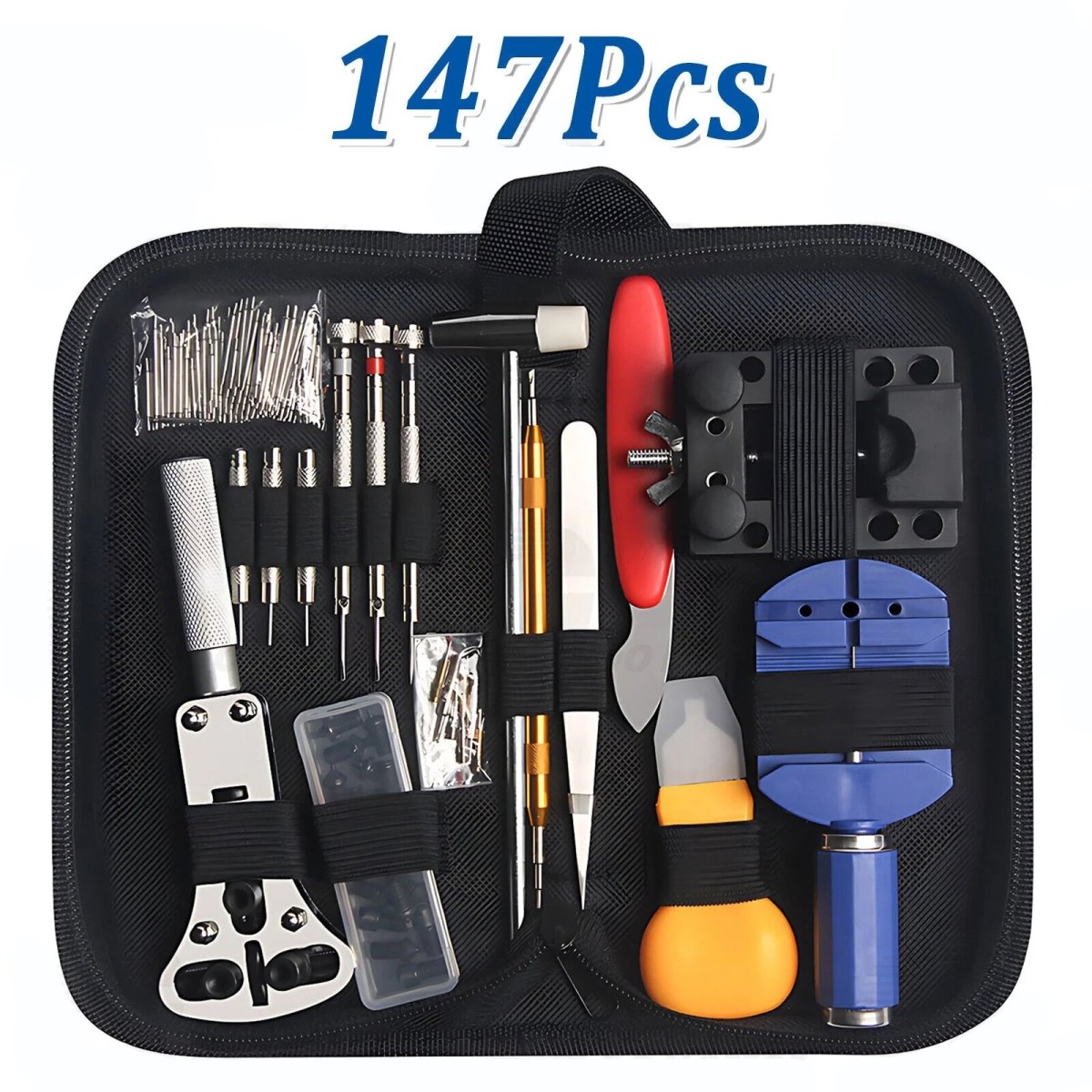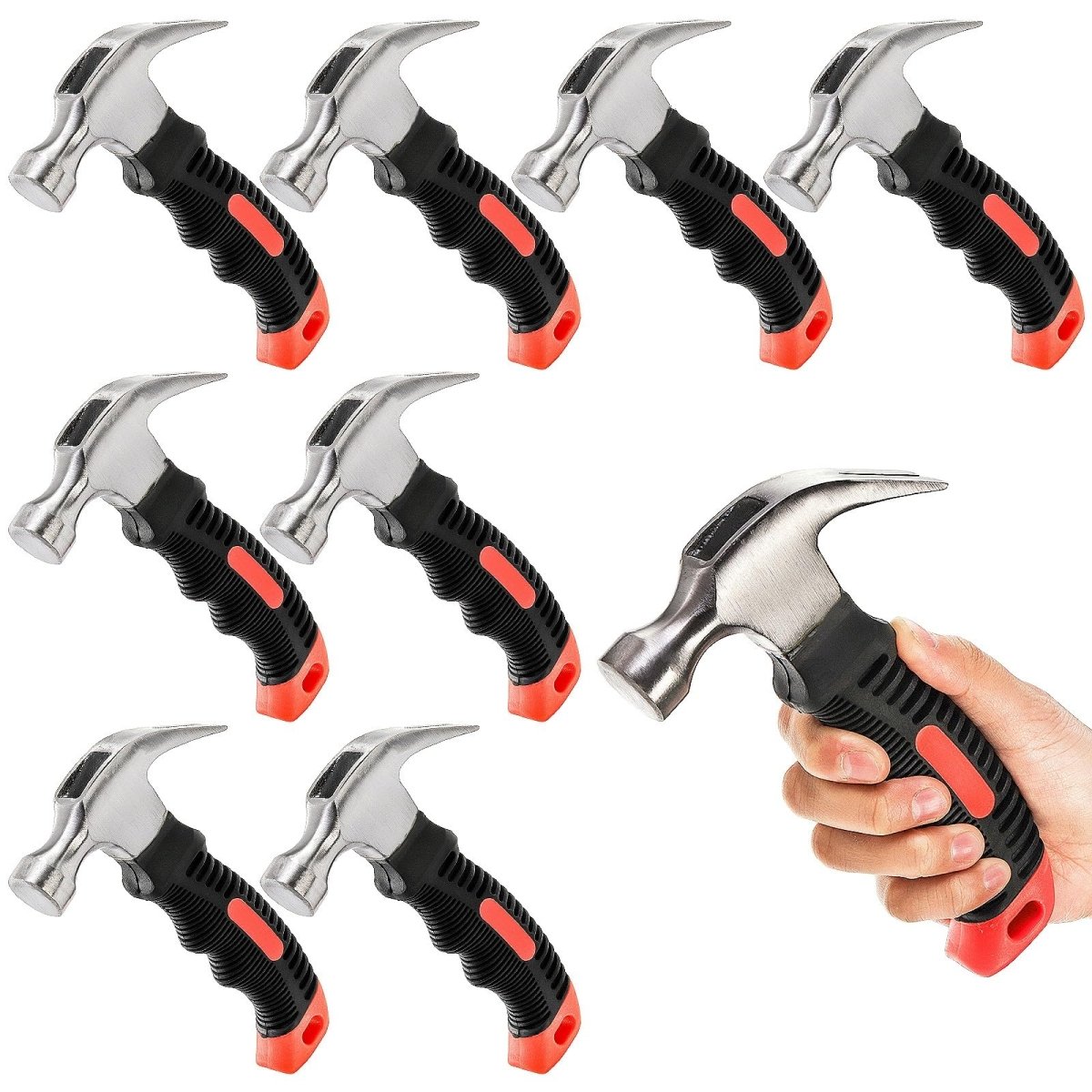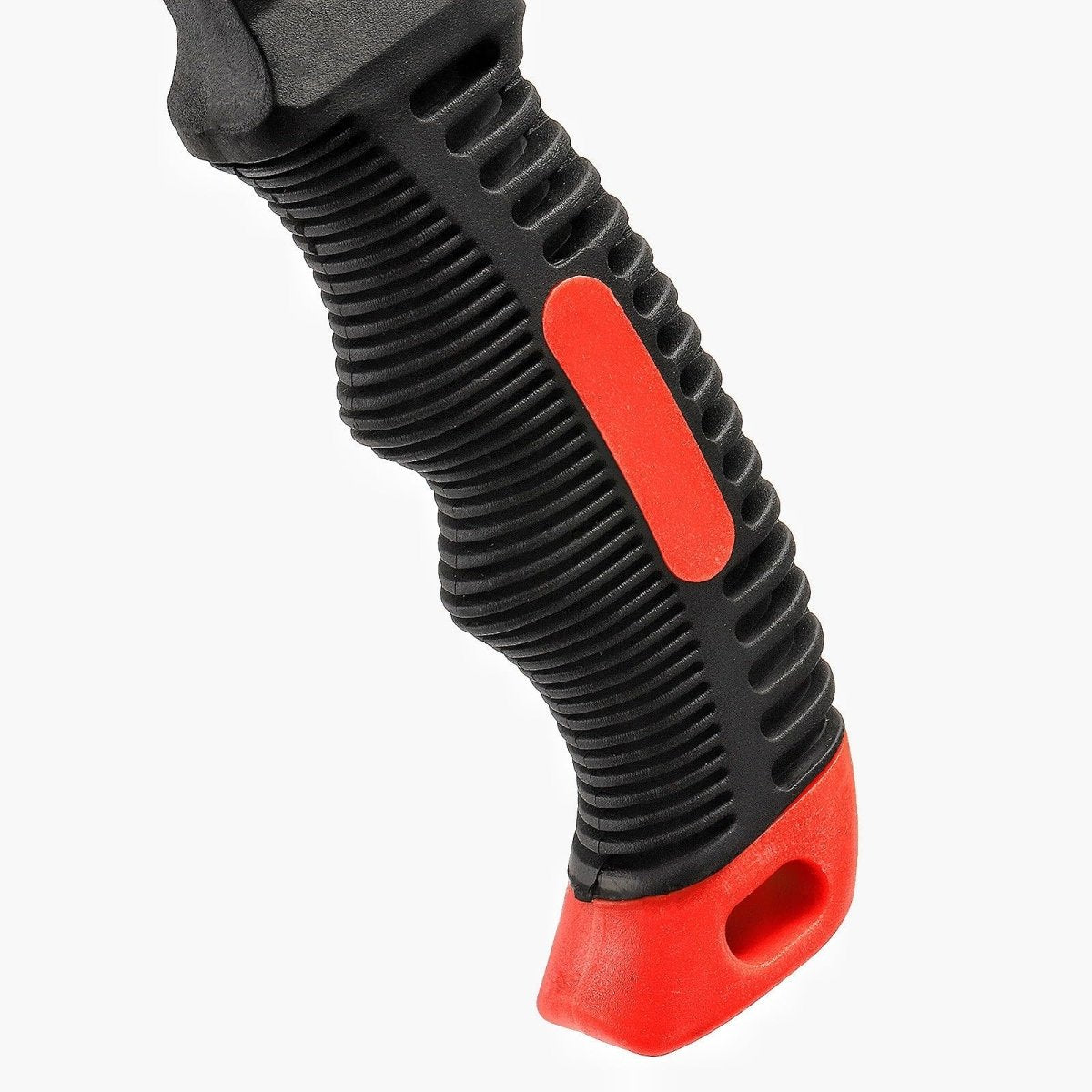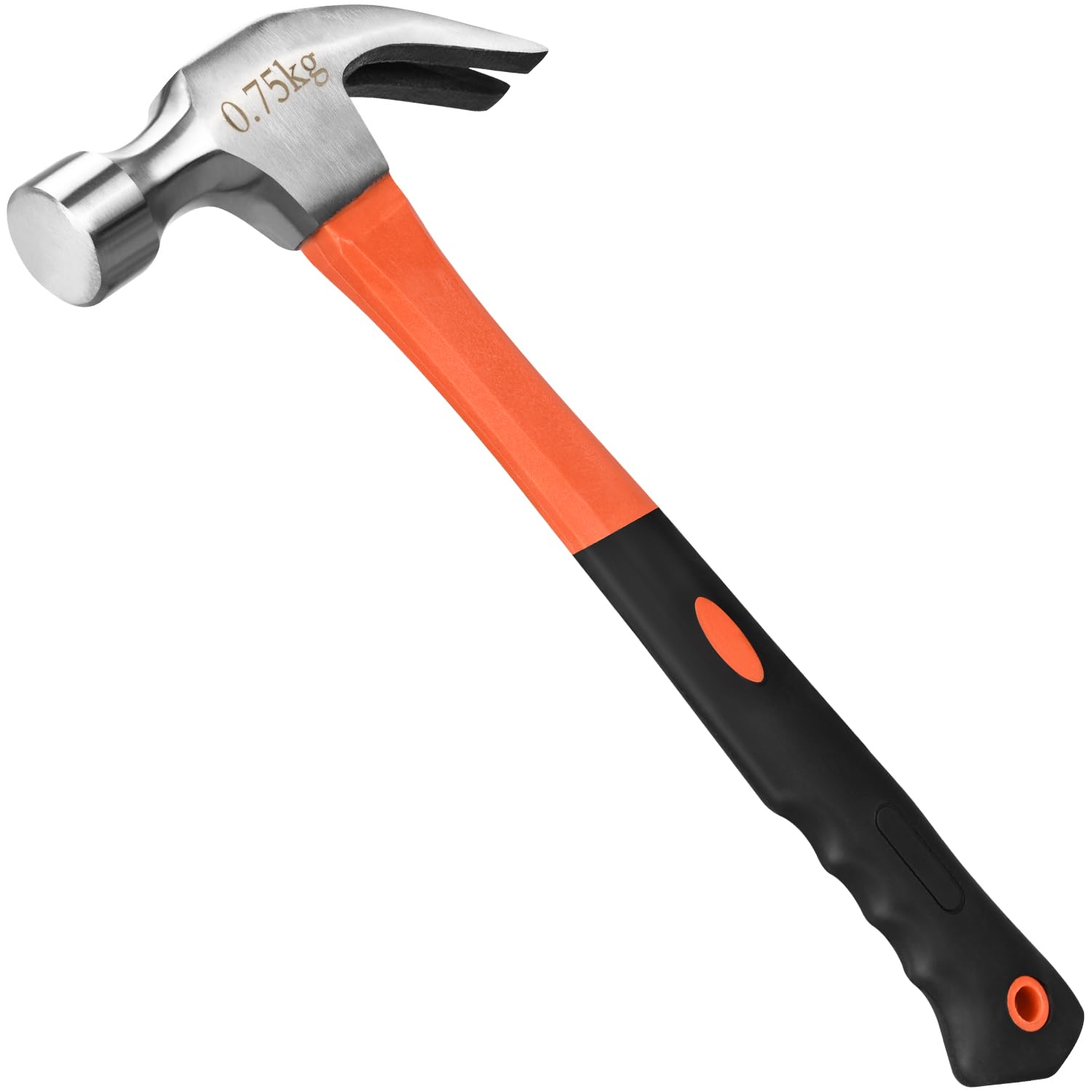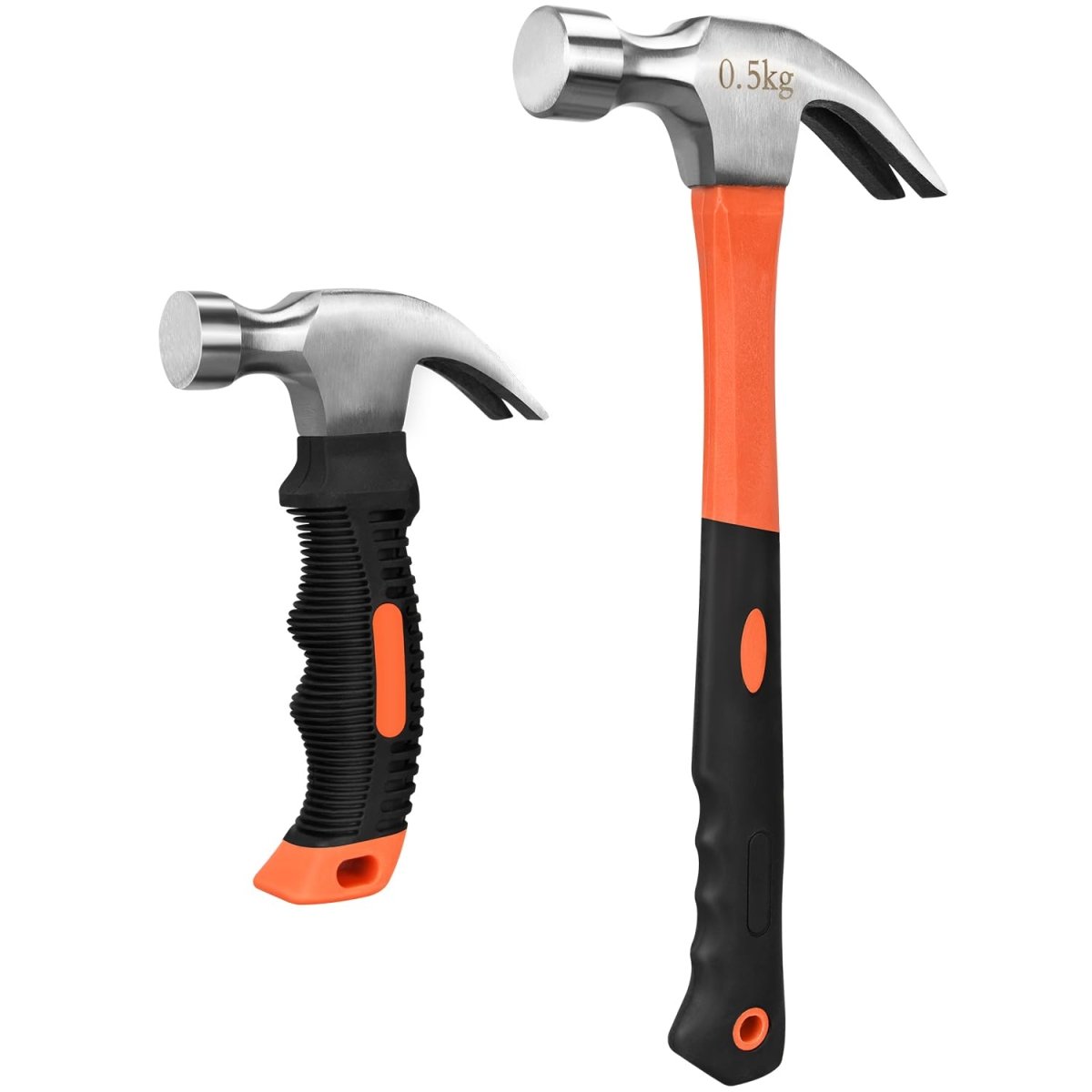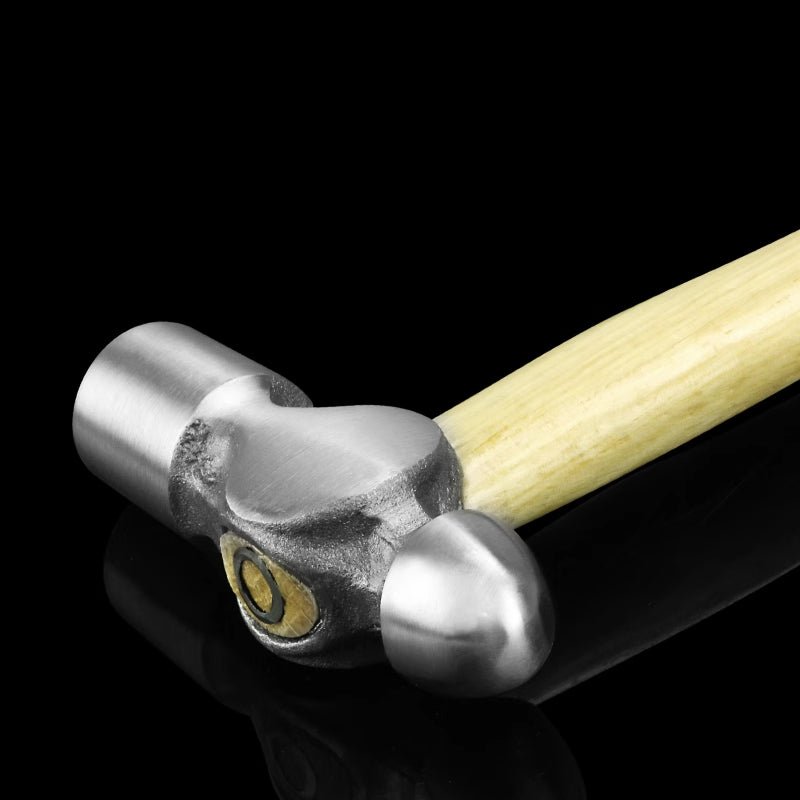Unlock Your DIY Potential with the Right Hammer
Every home improvement project starts with the right tools—and nothing is more fundamental than a quality hammer. Whether you’re hanging picture frames, building furniture, or tackling demolition, choosing the correct hammer can mean the difference between frustration and flawless results. At HomeDIYer, we’ve curated a comprehensive guide to help you master hammer selection, safety, and technique. Forget generic advice; we’re diving deep into the nuances that pros swear by.
Why the Right Hammer Matters
A hammer isn’t just a blunt object; it’s an extension of your skill. Using a framing hammer for delicate trim work can split wood, while a lightweight claw hammer won’t drive railroad spikes. According to industry studies, 65% of DIY injuries stem from improper tool use. Our goal? To ensure your hammer isn’t just effective but safe.
Chapter 1: Types of Hammers and Their Uses
1. Claw Hammers: The All-Rounder
The quintessential DIY hammer features a curved claw for pulling nails. Ideal for:
- Framing walls or decks
- General carpentry
- Home repairs
Pro Tip: Opt for fiberglass handles (like HomeDIYer’s GripMaster Series) to reduce vibration fatigue.
2. Ball Peen Hammers: Metalwork Mastery
Recognizable by its rounded end, this hammer shapes metal and rivets. Perfect for:
- Automotive repairs
- Metal crafting
- Setting punches
Safety Note: Always wear ANSI-rated safety glasses—metal fragments fly!
3. Sledge Hammers: Raw Power
When demolition is the mission, a sledge hammer delivers brute force. Use cases:
- Breaking concrete or tile
- Driving stakes
- Tearing down walls
Weight Matters: 8–12 lb heads suit most homeowners; go heavier only for industrial tasks.
4. Framing Hammers: Precision in Construction
With a milled face for grip and straight claw, these prevent nail slippage. Best for:
- Building sheds or fences
- Roofing
- Timber projects
Why Choose Ours: HomeDIYer’s titanium-core models reduce weight without sacrificing power.
5. Hammer Drills: Dual-Action Dominance
Combine rotary drilling with hammering action for masonry. Essential for:
- Anchoring shelves into brick
- Installing outdoor fixtures
- Concrete work
DIYer Hack: Use a carbide-tipped bit to avoid overheating in dense materials.
Chapter 2: How to Choose Your Hammer
Handle Materials Decoded
- Wood: Classic and affordable but prone to splintering.
- Fiberglass: Shock-absorbent and weather-resistant.
- Steel: Durable but heavy; ideal for sledge hammers.
Our Pick: Fiberglass—lighter on joints during marathon projects.
Weight Guidelines
TaskRecommended Head WeightFinishing work7–10 ozFraming16–22 ozDemolition4+ lbs
Balance & Grip
A poorly balanced hammer strains wrists. Test it:
- Hold handle near the end.
- Swing gently—feel for natural momentum.
- Ensure rubberized grips (like HomeDIYer’s ErgoFlex) prevent slippage.
Chapter 3: Safety First—Avoiding Common Pitfalls
Top 5 Hammer Safety Rules
- Inspect First: Check for cracks or loose heads before each use.
- Grip Low: Hold near the base for better control.
- Eye Protection: 90% of eye injuries involve flying debris.
- Clear Workspace: Remove tripping hazards.
- Never "Dry Swing": Always strike a surface—air swings damage joints.
When to Retire Your Hammer
Replace if:
- The head wobbles
- Handle shows deep cracks
- Face is dented (causes nail deflection)
Chapter 4: Pro Techniques for Flawless Results
Driving Nails Like a Carpenter
- Angle Matters: Hold nail at 60° for hardwoods, 90° for softwoods.
- Wrist Motion: Swing from elbow, not shoulder.
- Final Blows: Light taps to set heads without denting surfaces.
Pulling Nails Efficiently
- Slide claw under nail head.
- Place scrap wood under hammer for leverage.
- Pull steadily—no jerking!
Demolition Dos and Don’ts
- DO: Use sledge hammers in arcs (not overhead swings) to control force.
- DON’T: Strike hardened surfaces (e.g., stone) with steel hammers—chips can shatter.
Chapter 5: Maintaining Your Hammer
Cleaning & Storage
- Wipe metal heads with oiled cloth to prevent rust.
- Store hanging (not tossed in a toolbox).
- Sand wooden handles annually; apply linseed oil.
When to Sharpen or Replace
- Sharpen milled faces if grooves smooth out.
- Replace if fiberglass shows deep scratches (compromises integrity).
Why HomeDIYer Hammers Stand Out
Our tools undergo 200+ quality tests, including:
- Force Distribution Scans: Ensure even impact.
- Handle Torture Tests: 10,000+ swings without failure.
- Weather Simulation: Resists humidity and UV damage.
Real DIYer Stories
"I rebuilt my porch with HomeDIYer’s framing hammer—zero wrist strain even after 8 hours. The grip is revolutionary!"
— Sarah K., Ohio
Conclusion: Build Confidence, One Swing at a Time
Choosing the right hammer transforms DIY from daunting to doable. Remember:
- Match the hammer to the task.
- Prioritize safety and maintenance.
- Invest in durability—it pays off in precision.
Ready to start your project? Explore HomeDIYer’s Hammer Collection and use code HomeDIYer10 for 10% off your first order.

